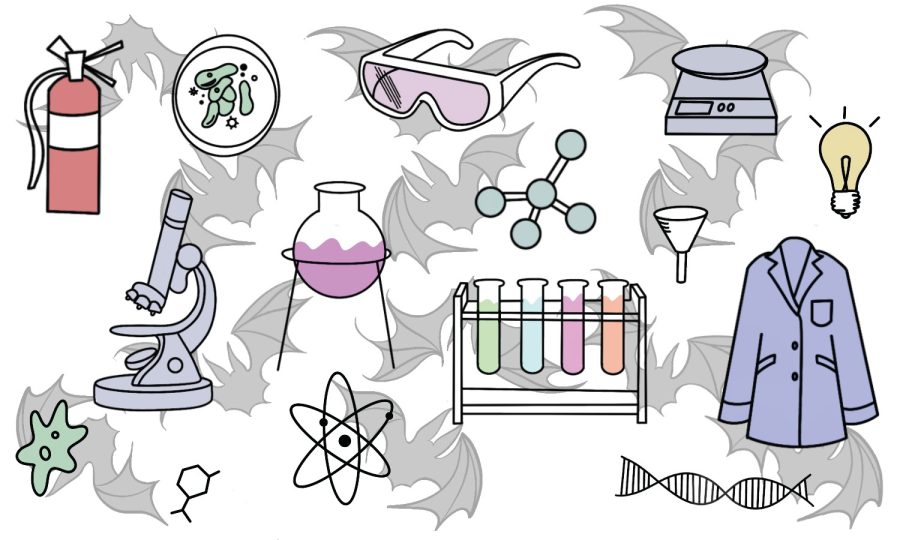CSU receives $6.7 million for new Chiropteran Research Facility
February 20, 2023
This summer a new construction project will begin at the Colorado State University Foothills Campus. With a $6.7 million grant from the National Institutes of Health, CSU is able to build the Chiropteran Research Facility, which will be a breeding space for bats to research viruses that have been theorized to have developed in the animals. According to Construction Journal, the design of the new building is a 14,000-square-foot, stand-alone bat vivarium.
“CSU researchers have safely studied and worked with bats and other vectors for over 30 years,” said Rebecca Moritz, CSU biosafety director. “Due to global warming and population growth, humans and animals are coming into contact more frequently and in ways not previously seen. This could result in an increased number of outbreaks and possibly pandemics. The main purpose of this facility will be to house bat breeding colonies for CSU researchers and researchers around the United States and the world. This facility will allow an expansion of CSU’s current work, including projects focusing on the role that bats play in disease transmission and the development of vaccines and therapeutics.”
This center is an extension of the CSU Center for Vector-Borne Infectious Diseases, which has been active on campus since the late 1970s. The new facility is projected to be completed by 2025, allowing students to conduct groundbreaking research in the next few years.
“Students will have the opportunity to learn directly from the researchers conducting this research in their classes. That is not an opportunity they will get outside of Colorado State University because this will be the only facility like it in the United States.” -Rebecca Moritz, CSU biosafety director
“Personnel who will work in this facility will be highly trained and be required adhere to strict biosafety and biosecurity practices,” Moritz said. “Often, a student will not have the experience required to work in this type of facility.”
Although many undergraduate students participate in research at the Foothills Campus, due to the security and safety protocols, this particular research can pose a risk to those without the proper education and training. Therefore, only a small number of undergraduate students with a background in research will be permitted to participate. However, many professors and researchers look forward to working with those that can, including many graduate students.
“Students will have the opportunity to learn directly from the researchers conducting this research in their classes,” Moritz said. “That is not an opportunity they will get outside of Colorado State University because this will be the only facility like it in the United States.”
Although CSU believes in academic integrity and full transparency, many worry about the conspiracy of hidden information. One Facebook group is currently calling on CSU to perform studies on the research of the COVID-19 virus. The Covid Bat Research Moratorium of Colorado, which calls itself a “nonpartisan grassroots group” according to a news release, wants to know why the NIH is funding facilities to research bat-transmitted viruses. Although the group spoke at the public meeting, the county unanimously passed the university’s proposal to build the bat vivarium. The administrator of the group, Christine Bowman, declined to comment.
Many different labs are housed at the Foothills Campus, such as the U.S. Department of Agriculture National Wildlife Research Center and the Rocky Mountain Prevention Research Center, which is the “second-largest CDC lab outside of Atlanta,” according to CSU’s website.
Reach Alexander Wilson at news@collegian.com or on Twitter @alexgrey0604.







